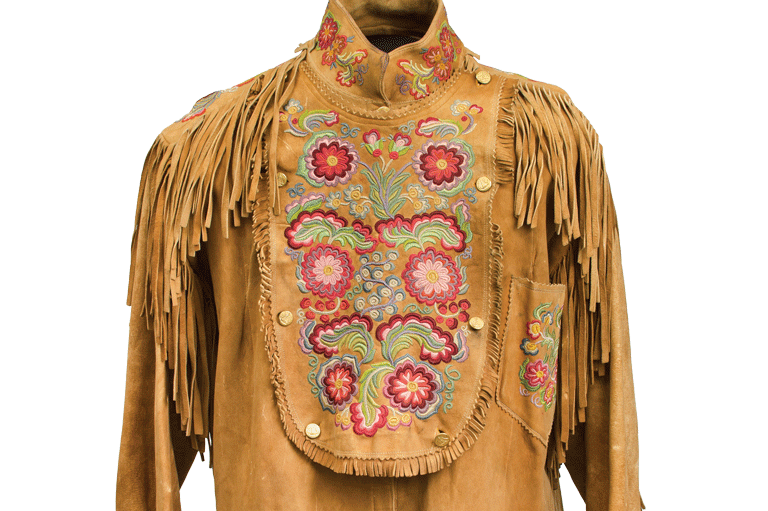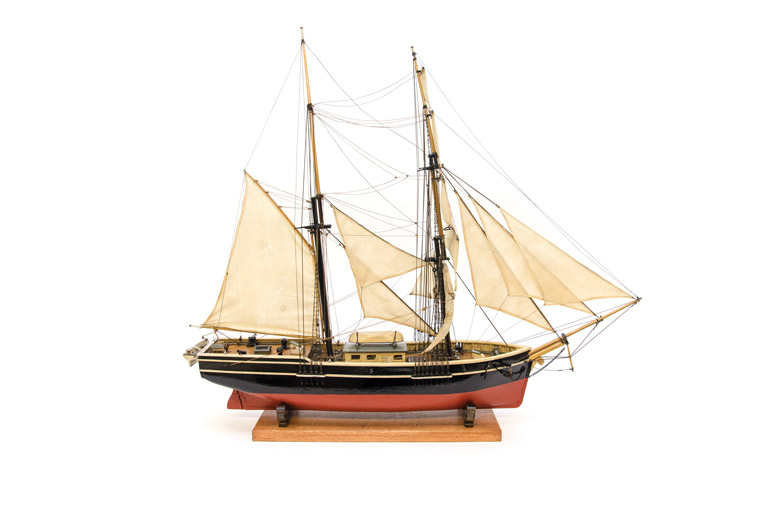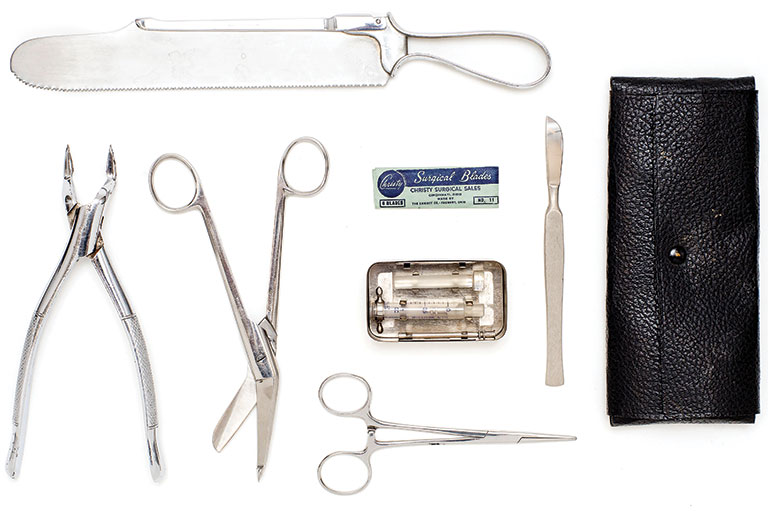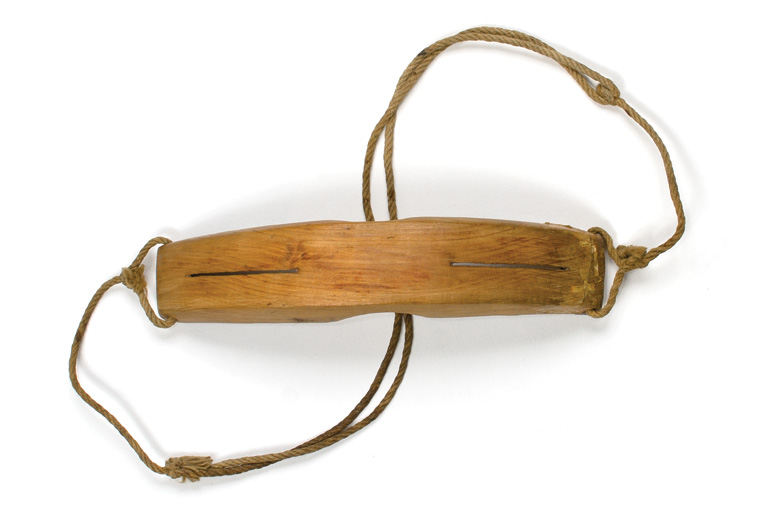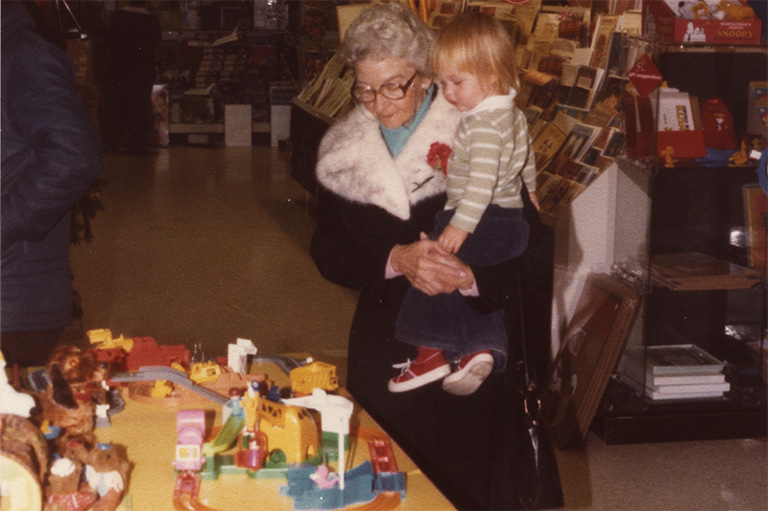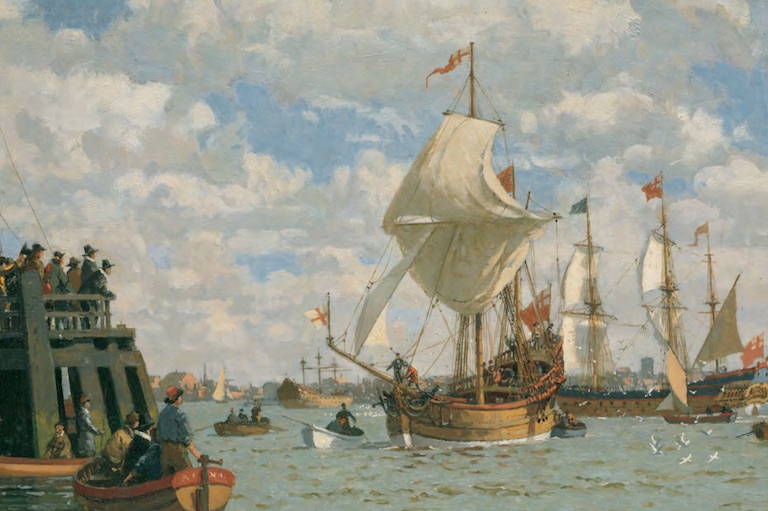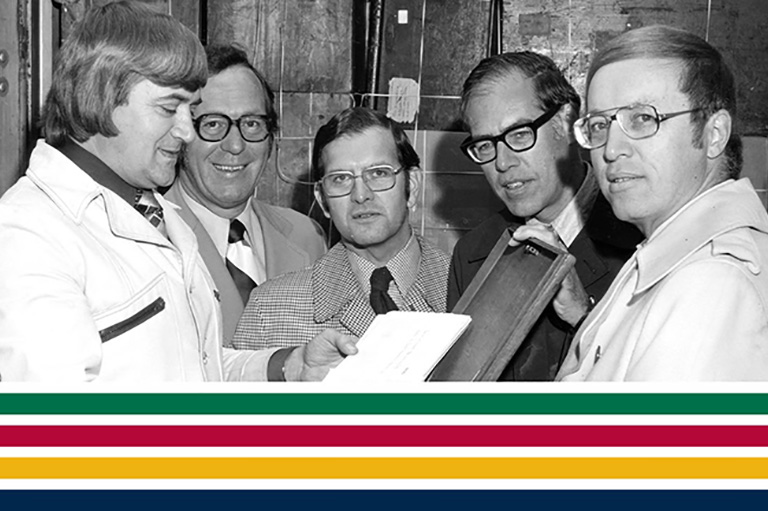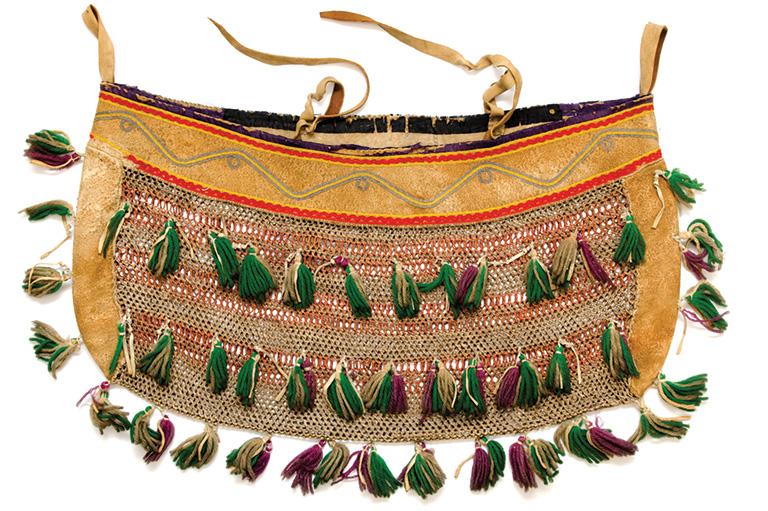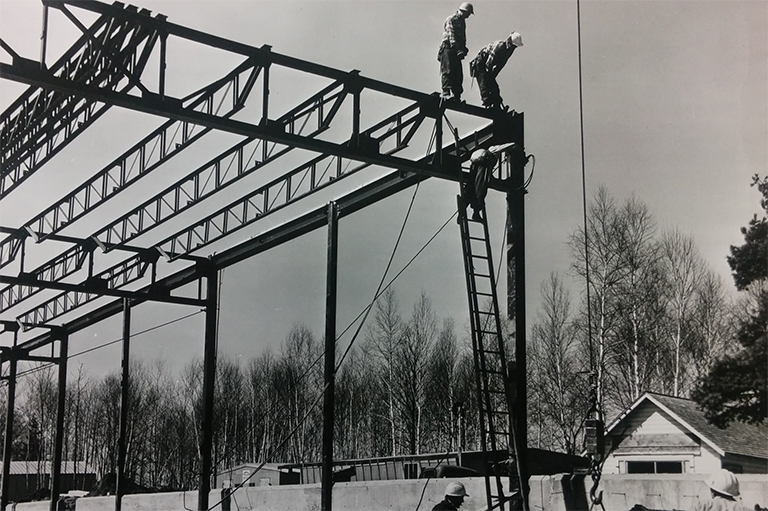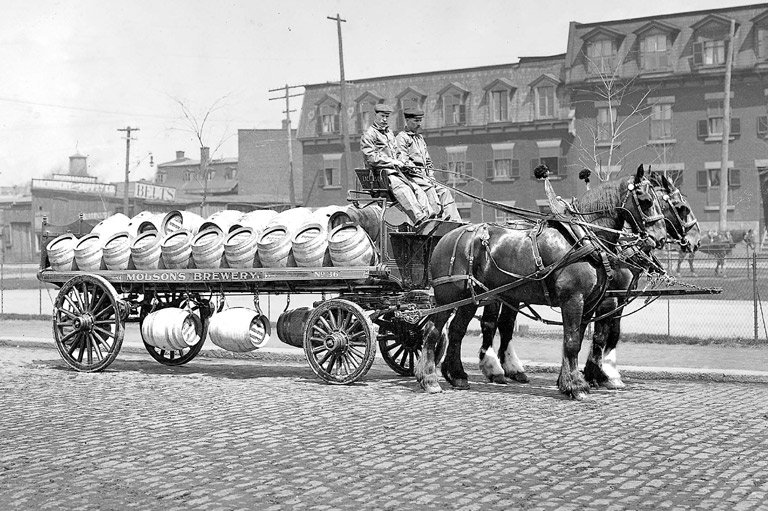A Lasting Legacy
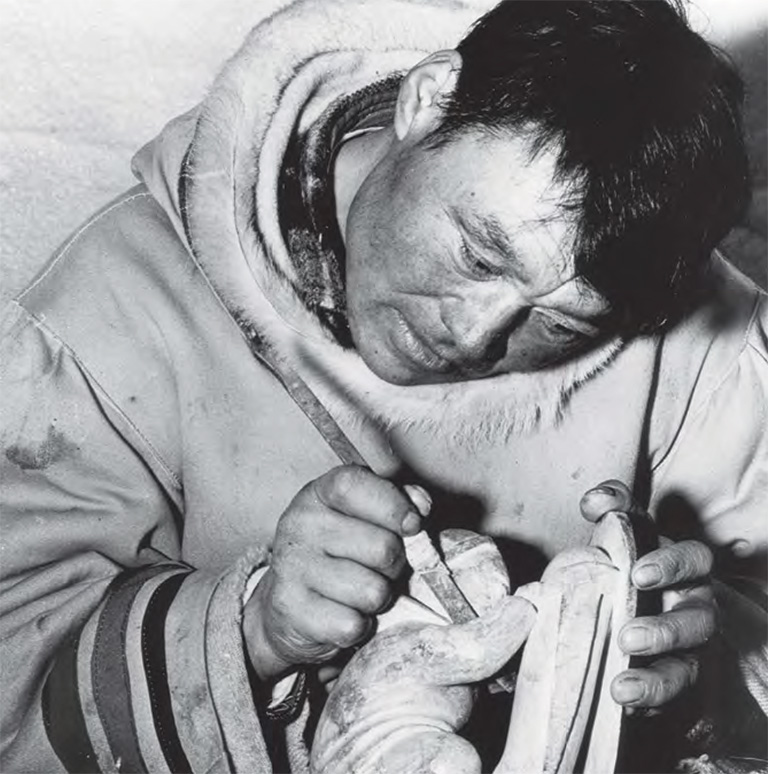
For more than two centuries, the Cree of the James Bay region of Quebec had engaged in a robust trade relationship with Hudson’s Bay Company.
Beginning in 1668 with the arrival of Nonsuch, and for generations afterwards, Cree trappers had snared beaver, mink, fox, and other animals and then returned to Rupert House, HBC’s trading post, to exchange the furs.
But by the 1920s the beaver population began to dwindle. This decline led to economic hardship for the Cree.
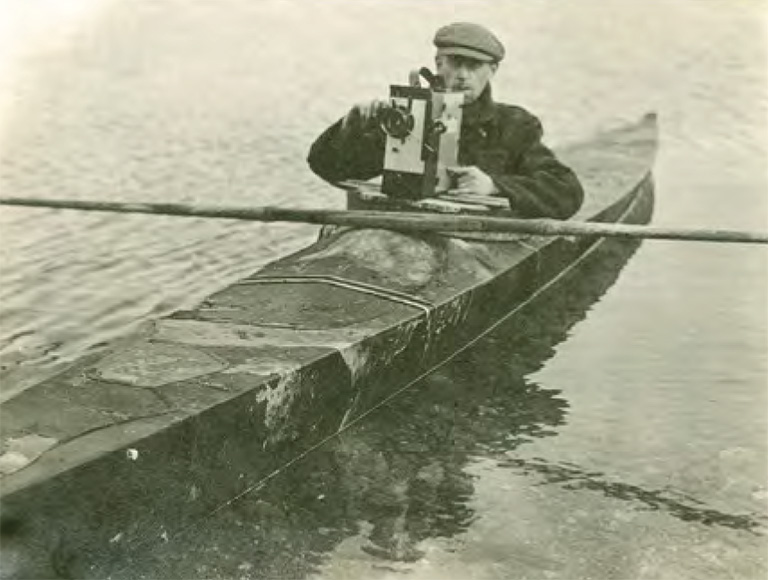
In March 1929, two Cree trappers, Robert Stephen and Andrew Whiskeychan, arrived at Rupert House with news: They had found a mating pair of beaver. At first, the men were going to trap the animals. However, Rupert House Factor James Watt convinced them to let the beavers live, so that they could have a litter of kits.
At the time, wildlife conservation was a relatively new concept. Watt, however, quickly began to champion the creation of a beaver preserve to help to bolster the population.
Watt and his wife, Maud worked with leaders from the Cree community, including Abram Katapatiuk, Bertie Diamin, and Sidney Namagoose, to identify more beaver pairs and to protect them. The Watts also decided to ask the Quebec government to set aside Crown land near Rupert House specifically for beaver conservation. Since Maud spoke French, she volunteered to travel to Quebec City to argue the case for conservation.

After a Herculean winter trek — part of it made by dogsled — Maud arrived in Quebec City and made her pitch. It must have been convincing, because Quebec agreed to set aside a conservation lease of over 18,600 square kilometres. By 1944, the beaver population had grown from just a few animals to more than thirteen thousand, and the success of the Rupert House project had inspired similar conservation initiatives in Ontario and the Northwest Territories.
HBC’s conservation legacy goes far beyond beaver sanctuaries. Thanks to the Company’s efforts to preserve its rich heritage and history, people everywhere can today access centuries’ worth of information about life in early North America. HBC kept meticulous records on all aspects of its business — from the quality and quantity of pelts sold, to daily weather records, to the detailed memoirs and diaries written by the Company’s explorers and traders.
The HBC Museum Collection
For centuries, these records were dutifully filed away in the Company’s vaults in London, England, available only to HBC officials. However, the records were of immense interest to researchers, historians, archivists, genealogists, and, indeed, anyone interested in the story of the Northwest.
In 1920, to toast its 250th birthday, HBC decided to open its archives for the first time to outsiders. After years of careful preparation, the archives were opened to the public in England in 1931.
Next, HBC decided to relocate its records to Canada, where they could be more easily accessed by Canadians. After some deliberation, Winnipeg, HBC’s Canadian headquarters since 1860, was selected to host the material.
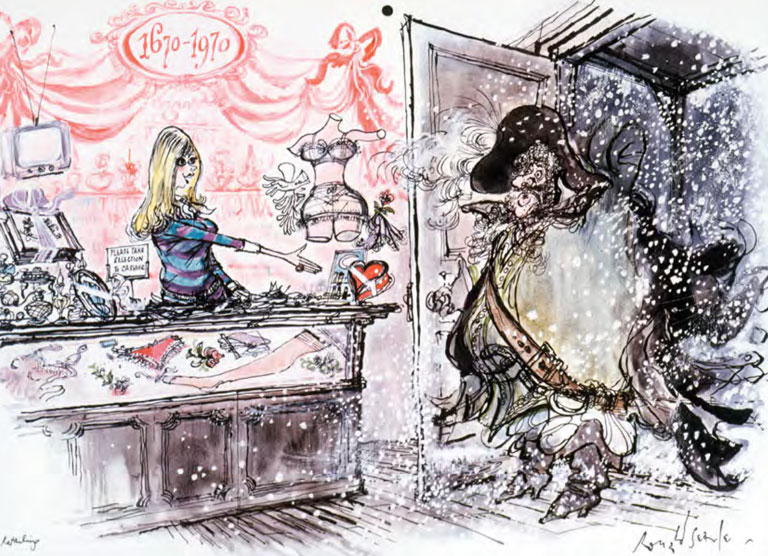
The process of preparing the records for shipment across the Atlantic was a challenging one for the archivists involved in the transfer. Shirlee Anne Smith, the first keeper of the Hudson’s Bay Company Archives of Canada, spent a year at London’s Beaver House overseeing the sorting, packing, and shipping of material. It was a long — and sometimes chilly — process.
The heat at Beaver House sometimes stopped working, and, Smith recalled, “at one period we only had heat for four hours a day.” Working long hours “in winter boots and layers of woolen clothes,” Smith sorted through endless boxes of materials. In the end, eight containers weighing eighteen tonnes each were transported overseas in three ships, so that if one ship sank not all would be lost.
In 1974, HBC officially deposited its records with the Archives of Manitoba, and they were opened to the public the next year. The records transfer was made permanent in 1994, when HBC formally donated the archival material to the Archives of Manitoba.
Since then, the archives have been used by researchers to study everything from climate change, to astronomy, to genealogy and beyond. Due to its immense historical significance, the Hudson’s Bay Company Archives has been named part of the United Nations Educational, Scientific and Cultural Organization’s Memory of the World collection, which places it in the company of such priceless artifacts as the Magna Carta and the Bayeux Tapestry.

In addition to donating its archives, HBC also donated its vast artifacts collection to the Manitoba Museum in Winnipeg in 1994, where the collection is enjoyed by thousands of visitors each year. The tax savings from these two donations allowed HBC to establish the Hudson’s Bay Company History Foundation (HBCHF), which supports both the archives and the museum collections, as well as Canada’s History magazine, founded by HBC in 1920 as The Beaver.
The Beaver began as an internal Company newsletter and evolved over the decades to become the national history magazine of Canada. In 2017, the HBCHF supported the creation of a free online archive of back issues of the magazine, today known as Canada’s History.
The story of HBC continues to unfold. It’s at once a global trendsetter and an iconic institution. Thanks to its vast social, cultural, and historical legacies, the story of Hudson’s Bay Company will forever be synonymous with the story of the growth and development of North America.
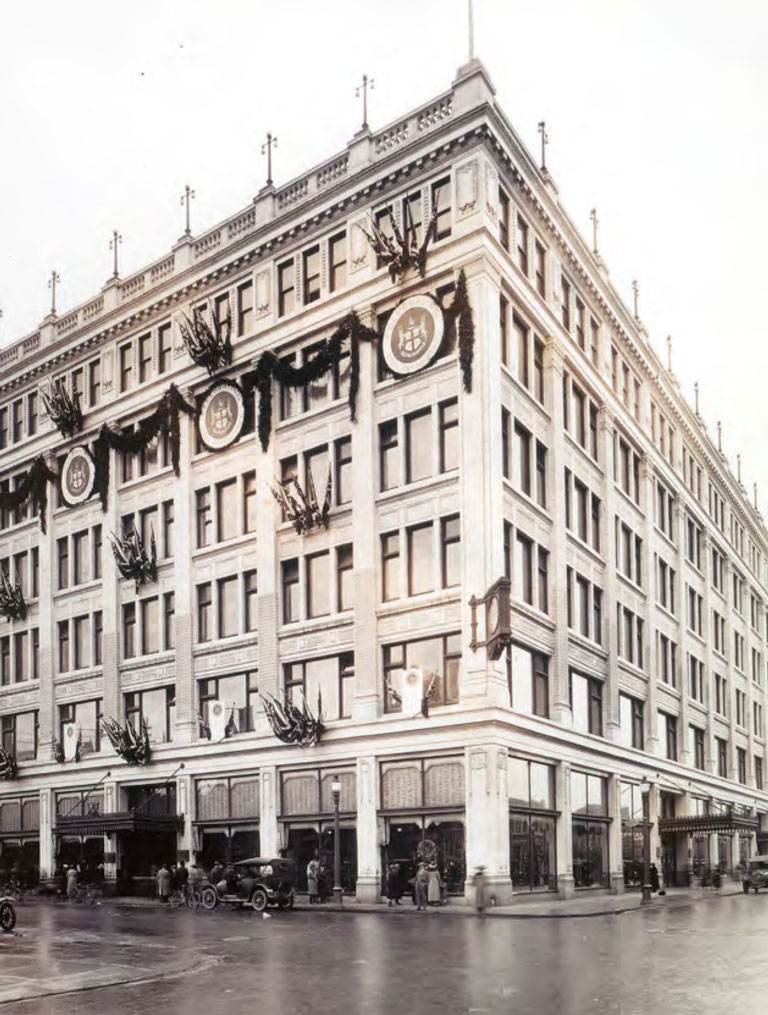
MARKING HBC’S ANNIVERSARIES
From feature films, to a replica ship, to a three-day concert, Hudson’s Bay Company has celebrated the anniversary of its founding in many ways.
In 1920, HBC marked its 250th anniversary by commissioning a feature-length film, Romance of the Far Fur Country, and a book, The Governor and Company of Adventurers of England Trading into Hudson’s Bay during Two Hundred and Fifty Years, 1670–1920. HBC also launched The Beaver, a corporate newsletter that grew into a national history magazine. In 2010, the magazine was rechristened Canada’s History.
In 1945, HBC marked its 275th anniversary with a subdued tone due to the Second World War. A highlight was the creation of a scholarship and student exchange program between Canada and Britain.
In 1970, the company celebrated its 300th anniversary with several events, including the building of a replica of the HBC ship Nonsuch; it resides today at the Manitoba Museum. Other highlights included a visit to Canada by Queen Elizabeth II and the last occurrence of the rent ceremony at Lower Fort Garry.
A quarter century later, the HBC marked its 325th birthday with a three-day concert in Alberta. Over seventy-five thousand people attended the Big Sky extravaganza, where performers included Bryan Adams, Blue Rodeo, and Celine Dion.
Themes associated with this article
Advertisement
You might also like...

Canada’s History Archive, featuring The Beaver, is now available for your browsing and searching pleasure!

Beautiful woven all-silk bow tie — burgundy with small silver beaver images throughout. This bow tie was inspired by Pierre Berton, inaugural winner of the Governor General's History Award for Popular Media: The Pierre Berton Award, presented by Canada's History Society. Self-tie with adjustments for neck size. Please note: these are not pre-tied.
Made exclusively for Canada's History.

